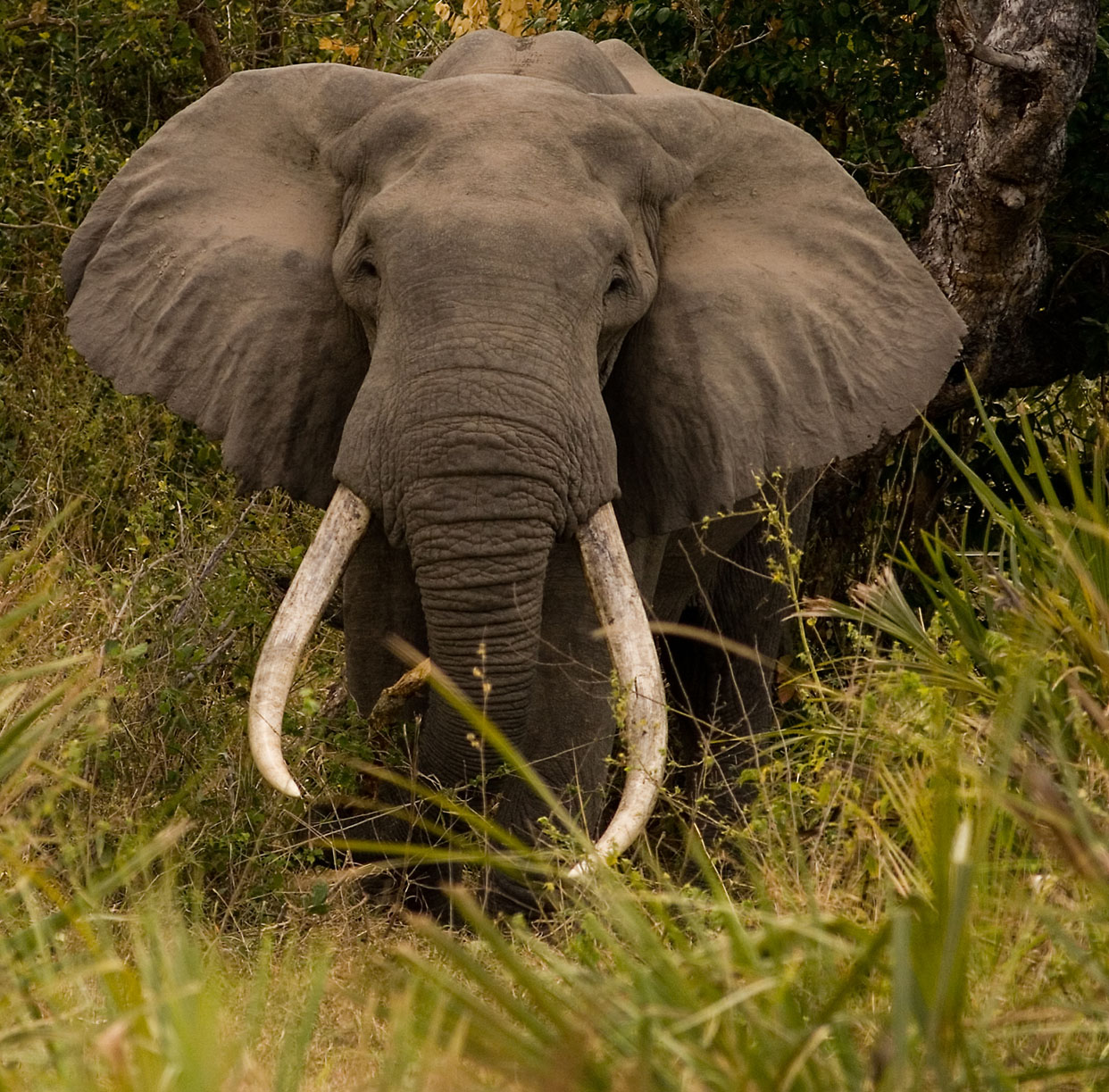The Selous Game Reserve, at around 50,000 km2, is Africa’s largest legally gazetted wilderness area. No habitation, no cultivation, no cattle, no people apart fromreserve staff, some tourists and legal trophy hunters, make this a true wilderness. The Selous is remote, difficult to access, little-explored and still poorly documented.
Why is it such a wilderness? A mixture of history, tsetse flies and natural barriers have all contributed to its isolation. The Selous is the heart of the south-east Tanzanian block of miombo (Brachystegia) woodland – one of Africa’s largest vegetation types running from western and southern Tanzania to Mozambique, north Botswana, Zambia, southern Congo up to Angola. Miombo is characterised by the woodland tsetse fly or ndorobo, which still carries bovine trypanosomiasis and used to transmit trypanosomes causing sleeping sickness in humans. Therefore, no cattle and few people live in the area. The sleeping sickness epidemic of the 1940s led to the large-scale evacuation of the tiny scattered settlements of Wangindo people and the empty area was added to the game reserve to prevent their return.
A major river network crosses the Selous. The Rufiji River and its tributaries the Ruaha, Kilombero and Luwegu, were a barrier to people and modern communication. They were also barriers to wildlife. For example, the giraffe of the northeastern Selous have never crossed the Rufiji southwards.
History has not helped in that the Selous was the hinterland of the old Arab and Portuguese trading centre of Kilwa Kisiwani. Trading was largely in slaves and ivory, and slaving decimated the local populations. This was followed by the severe German reprisals following the Maji Maji rebellion of 1905. The maji, or magic water, which was reputed to prevent German bullets from killing, came from a shallow well, called KisimaMkwanga, near Kingupira in the eastern Selous. The Germans applied a scorched earth policy – burning huts, laying waste and destroying crops.
The Maji Maji fighters did the same against villages, which did not join them. Finally, the First World War arrived and was fought as a bush war in German East Africa, with more than a 100,000 British and Allied troops unsuccessfully chasing 3,000 German and Tanganyikan askaris through theSelous. They spent the rains of 1916 and 1917 facing each other across the Rufiji River. It is still possible to see relics of the war such as cartridge cases and gun butts, and years ago I found a horseshoe. The demand for food and porters again reduced the population.
So the Selous remained a wilderness, which maintained enormously important wildlife populations. Despite poaching in recent years the Selous still has some of Africa’s major elephant, buffalo, hippopotamus and sable populations. Before the poaching crisis of the 1980s, it had the largest rhinoceros population as well. The best estimates were over 3,000 black rhinos. Extensive unspoilt habitats allowed for sustainable viable populations; for example, there is ample space for Africa’s largest wild dog population to survive.
But vastness brings its own problems and sometimes the Selous seems too big. It prevents easy travel from Ifakara, Mahenge and Songea to Dar es Salaam. Bordering districts want a road to be built from Liwale to Mahenge across the narrow neck of the southern Selous. There were efforts to create a “cattle corridor” from Ifaraka to Liwale, allowing livestock to be moved to the beef-deficient areas of southeastern Tanzania.
The major dam at Stiegler’s Gorge, which is presently under construction, would allow a road from Morogoro to cross the Rufiji and go on to Utete and Liwale. These roads would, of course, increase access and so reduce the concept of wilderness. Presently the government plans to build a dam on the Ruvu River, which would flood parts of the northern sector and put indispensable dry season grazing land under water, which invariably would lead to a significant reduction of grazers.
Another imminent danger are government permits granted to explore for precious stones, uranium etc. although an international agreement exists not to mine in World Heritage Sites. Yes, there are places, which have not been visited or walked through. There are streams, seepagesand waterholes still to be discovered. There are new plant species still to be collected and identified.
The far southwest of the Selous is perhaps the least known of all. The valleys leading off the south Luwego River offer spectacular scenery in a total wilderness. Management policies for the Selous continue to promote the concept of wilderness – limited block based hunting, controlled tourism and a minimum of infrastructure. Wilderness is increasingly rare in today’s world. It presently looks, as if the days of wilderness in the Selous are numbered too.
This article is based on an article by Alan Rodgers in „Wild Heart of Africa“ (2009). It was edited and updated by Rolf D. Baldus


